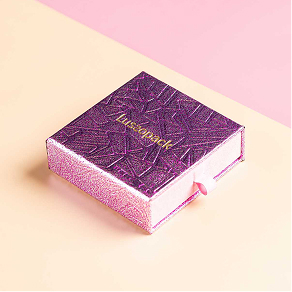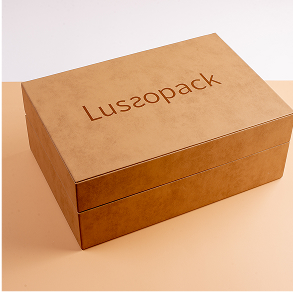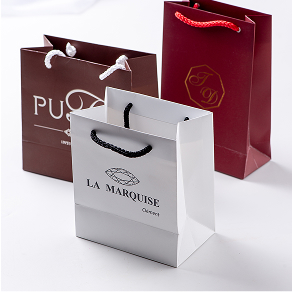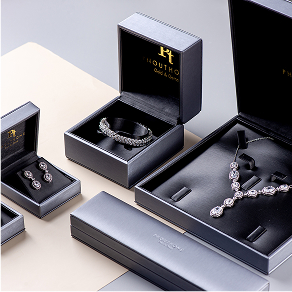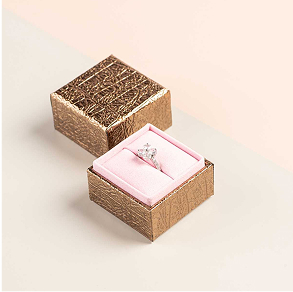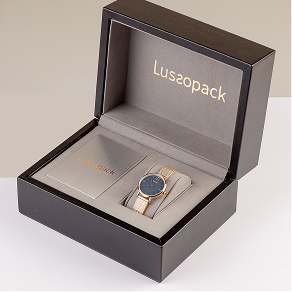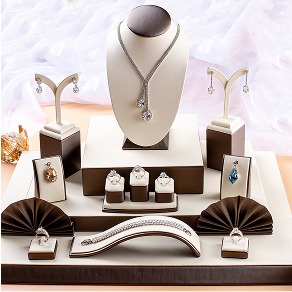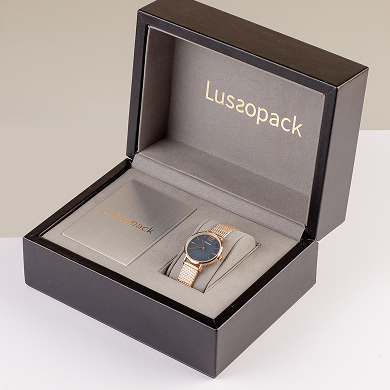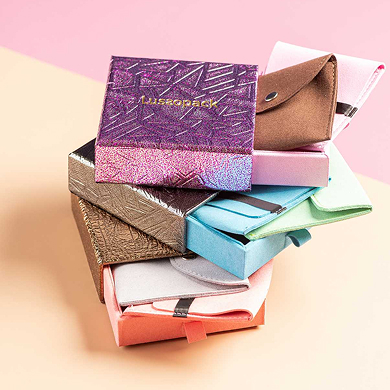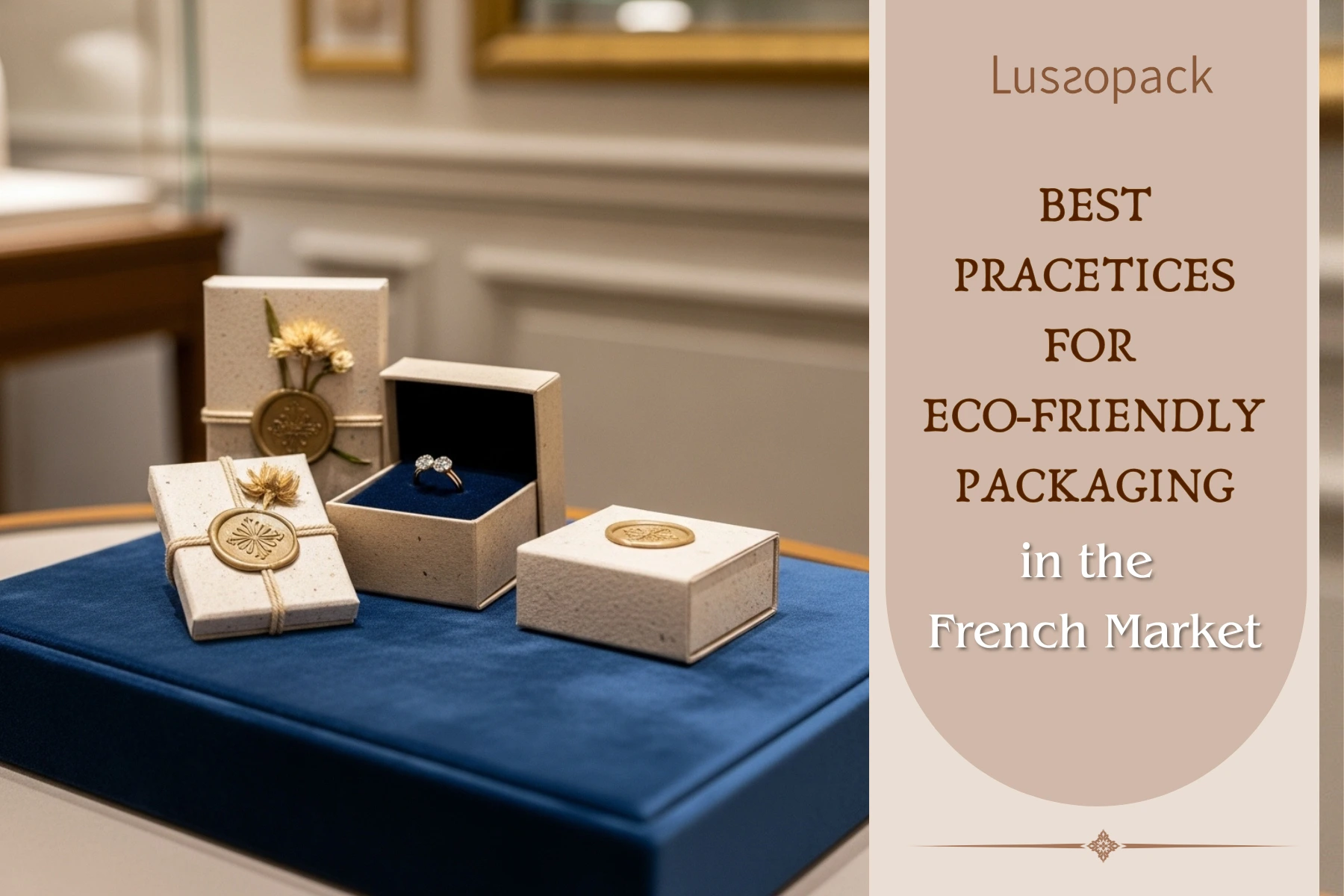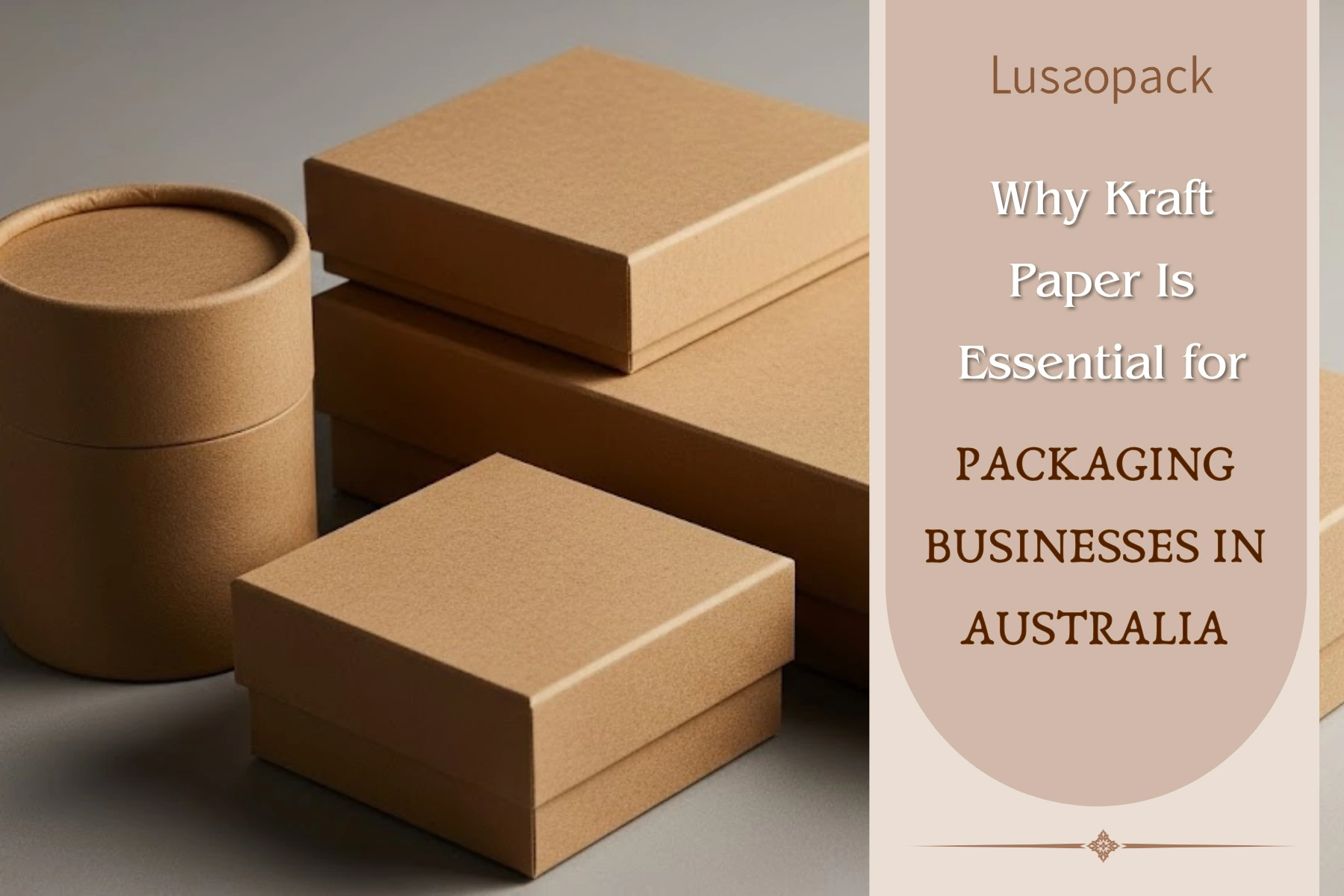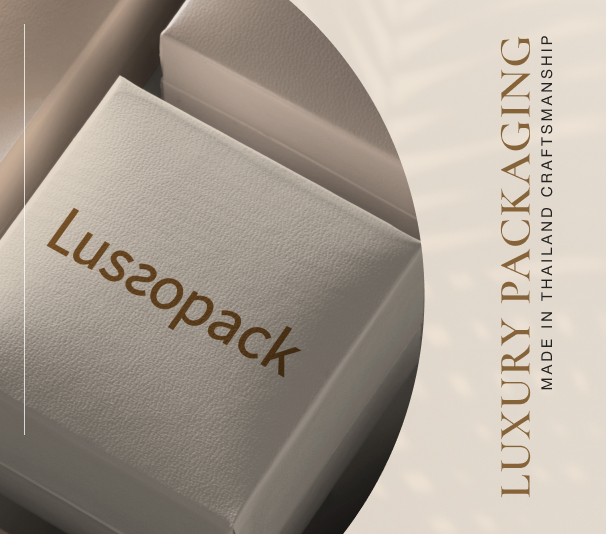Packaging is a key part of your brand’s image, especially in luxury markets like jewelry, watches, and cosmetics. It’s often the first element a customer interacts with, shaping their impression and adding perceived value to your product. But creating packaging that feels premium can quickly become expensive. Custom finishes, specialty materials, and layered designs all add up—especially as global material costs continue to rise. At the same time, today’s consumers expect more eco-conscious solutions. That puts brands in a tough position: reduce packaging costs without sacrificing quality or sustainability. For many businesses—particularly small or fast-growing ones—this financial pressure can affect growth, limit product development, and reduce agility in the market.
That’s why it’s essential to find packaging solutions that are both beautiful and efficient. If you’re wondering how to reduce cost and increase profit while staying eco-conscious, this article covers eight practical strategies to achieve long-term packaging cost savings.
1. Optimize Packaging Dimensions to Reduce Material Waste

One of the most straightforward ways to lower packaging costs is by right-sizing. Oversized boxes not only waste material but also increase shipping volume and weight. Right-sizing packaging ensures your product fits securely and compactly.
This simple adjustment leads to less material waste and lower logistics expenses. It also helps reduce packaging and shipping costs—a dual win for your business and the environment.
CAD software and prototyping can help brands fine-tune box dimensions early in the design process. This leads to more efficient production and avoids redesigns later.
2. Choose Recyclable or Biodegradable Materials That Are Cost-Effective
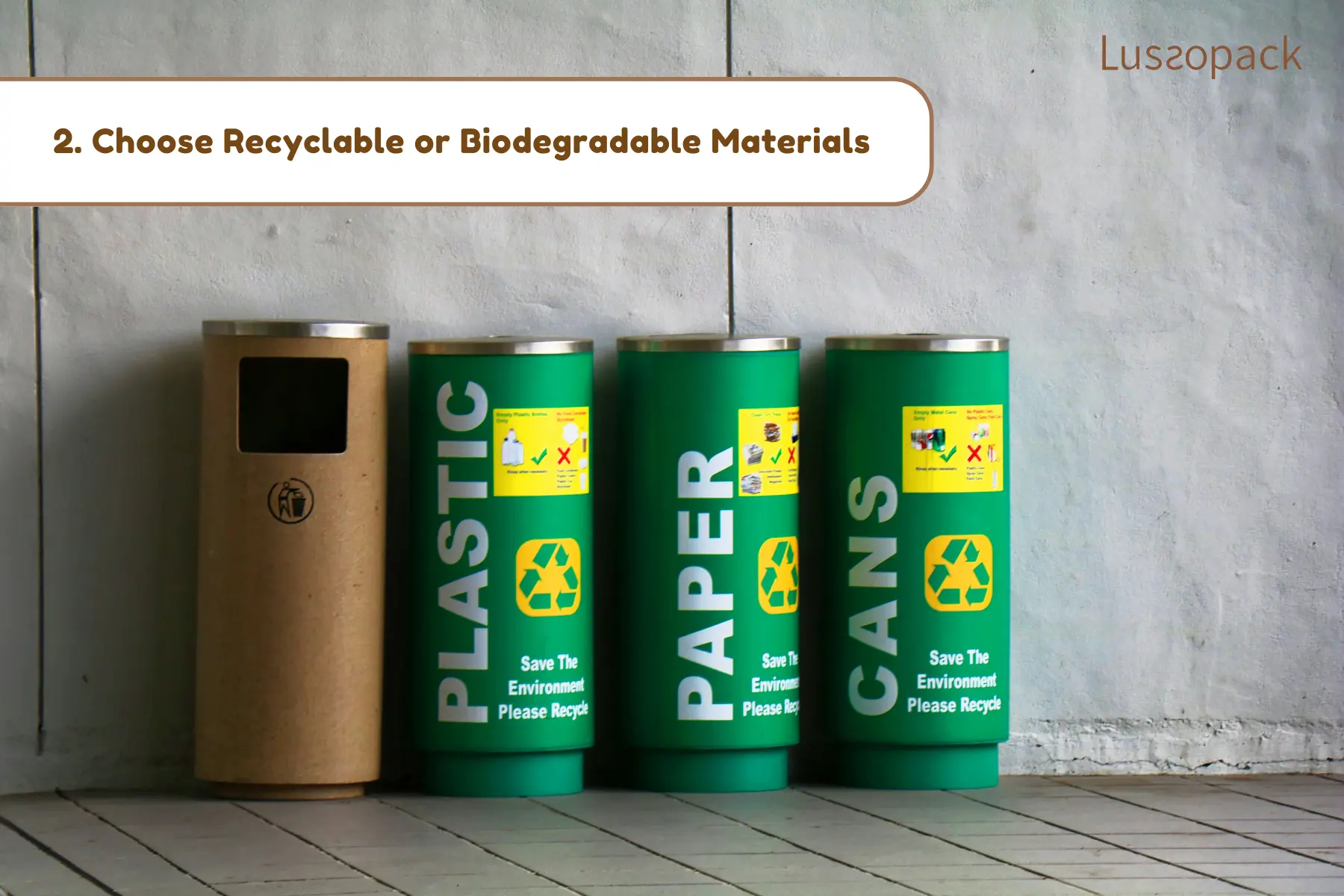
Many luxury brands assume sustainable materials will raise costs, but that’s often a misconception. Today, there are many cost effective packaging materials that are both eco-friendly and refined in appearance.
Materials such as kraft paperboard, recycled cardboard, and molded pulp are gaining traction for their durability and aesthetic appeal. These are considered the most cost effective packaging material options for brands looking to support sustainability while lowering costs.
Better still, sourcing eco-friendly materials in bulk may reduce long-term procurement costs and support packaging cost reduction goals. Some materials may also qualify for tax incentives or contribute toward green certifications, adding brand value. Learning how to reduce packaging costs while meeting luxury standards starts with understanding material choices and their impact.
3. Simplify Packaging Structures Without Compromising Elegance
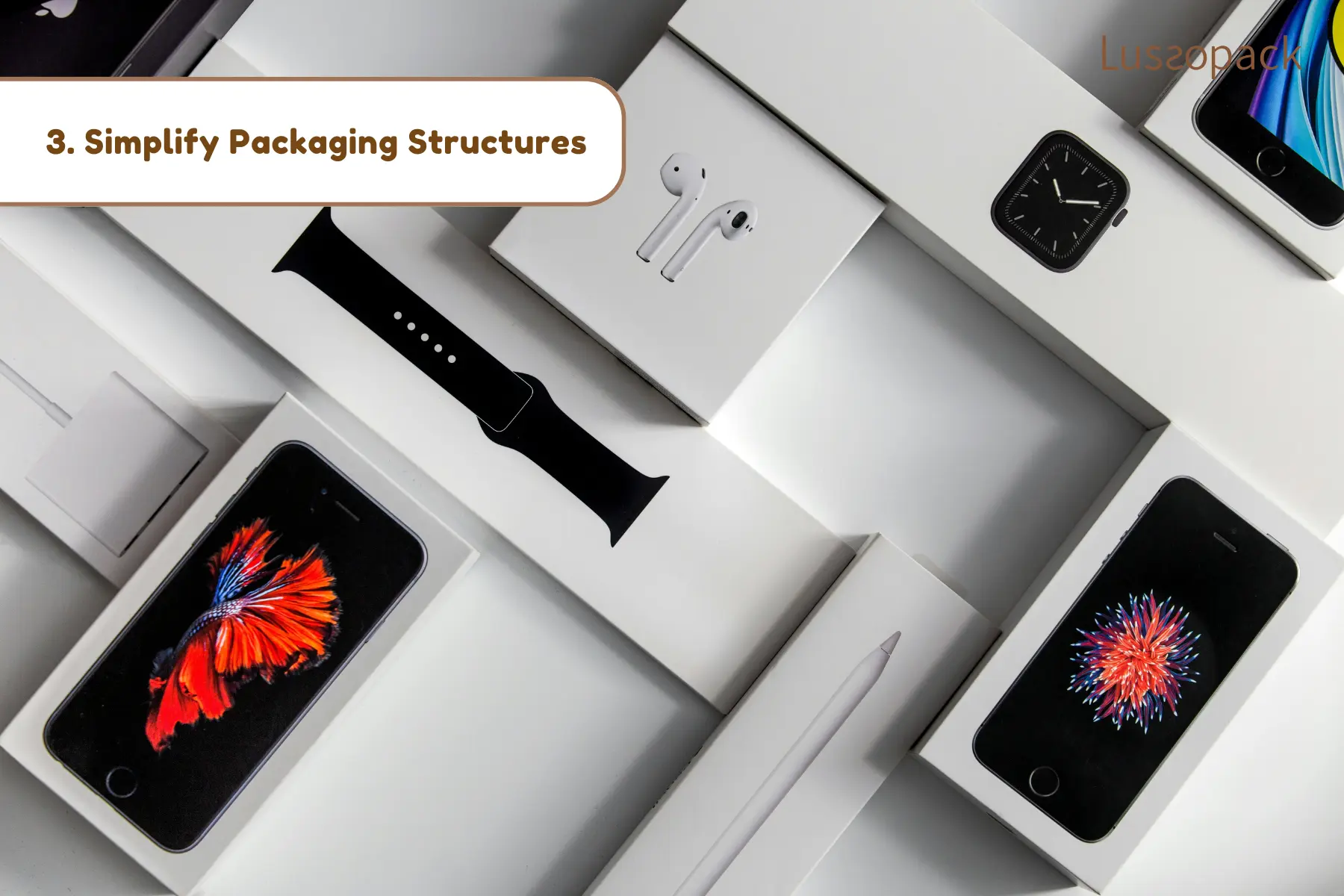
Minimalism is more than a visual trend—it’s a practical approach to reduce packaging costs. Simplifying packaging like Apple by eliminating unnecessary components—like extra trays, magnetic closures, or rigid sleeves—can significantly reduce packaging costs. Redesigning packaging to include fewer components lowers labor time, reduces material use, and simplifies logistics.
Instead of multi-layered or magnetic-closure designs, opt for refined, single-piece solutions with elegant print finishes. Techniques like embossing, hot foil stamping, or UV varnishes can elevate simple packaging to luxury standards without increasing costs.
This practical way supports packaging cost reduction ideas by trimming the budget where it counts, all while retaining the upscale look expected by luxury customers.
4. Invest in Multi-Use or Reusable Packaging
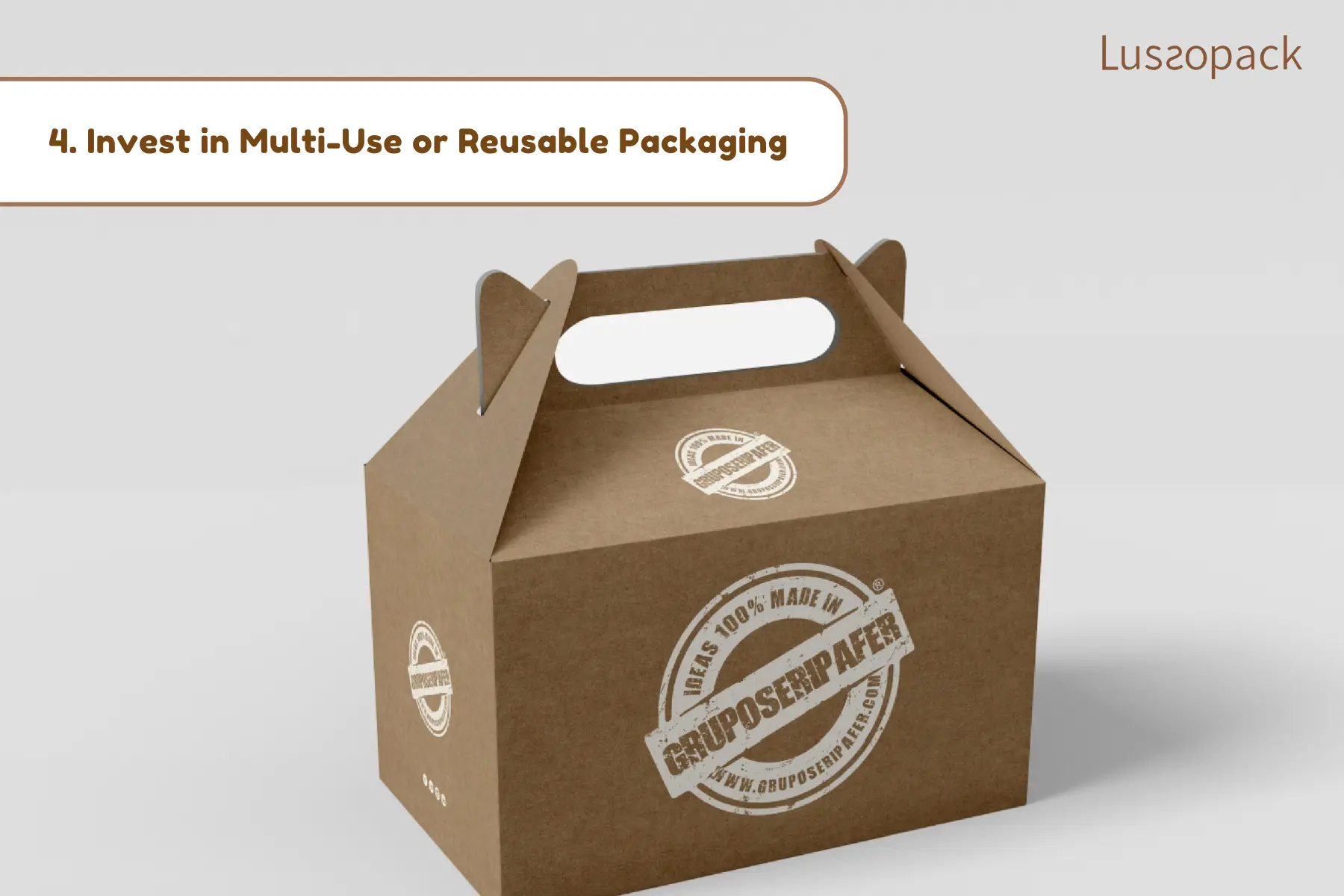
Another sustainable option with high customer appeal is reusable packaging. Consider luxury watch packaging or jewelry boxes that double as display cases or storage units. These solutions streathen perceived value and reduce the need for disposable materials.
Reusable packaging also supports brand storytelling and customer retention. From a business standpoint, it may reduce the need for repeat packaging orders, supporting packaging cost savings over time.
For brands seeking packaging cost savings, investing upfront in multi-use solutions can reduce overall volume requirements and repeat orders. It’s a compelling example of cost effective packaging that meets both brand and consumer expectations.
5. Source Locally to Reduce Transportation and Import Costs

Shipping and import duties can drive up packing expenses. That’s why sourcing packaging locally—or within your region—can make a measurable difference.
Local sourcing helps reduce shipping costs with sustainable packaging by cutting emissions and improving speed to market. It also allows for easier quality control and faster response to design revisions or production changes.
Moreover, regional sourcing reduces dependency on complex global supply chains, which are increasingly vulnerable to delays, tariffs, and environmental regulations. Working with nearby packaging manufacturers and suppliers often means reduced lead times, more agile production scheduling, and less packaging waste caused by miscommunication or logistical issues. It’s a strategic move that supports both packaging cost reduction and responsible sourcing practices.
6. Order Packaging in Bulk (Strategically)

While overstocking can lead to waste, strategic bulk ordering can unlock cost savings—especially when you forecast your production cycles well. Bulk quantities often come with lower unit prices, helping with packaging cost reduction.
However, the key is balance. Smart brands avoid over-ordering. Partnering with suppliers who offer scalable or modular packaging systems helps strike the right balance.
Strategic bulk procurement is particularly valuable in industries like pharma, where consistent packaging specifications and availability are critical. Planning inventory carefully reduces both excess and stockouts, while contributing to cost reduction ideas in pharma packaging and other highly regulated sectors. In pharmaceutical packaging, for example, delays or overproduction can lead to product recalls or non-compliance. Efficient inventory management ensures packaging is available, compliant, and cost-effective—improving both sustainability and profitability.
7. Standardize Certain Packaging Elements Across Product Lines

Consistency brings efficiency. By standardizing structural elements—such as base boxes, inserts, or materials—across different product lines, brands can streamline production. Using the same structure for multiple SKUs simplifies supply chains, manufacturing processes, and storage.
Customization can still shine through with packaging colors, finish, and branding elements. But the core packaging remains consistent, enabling easier logistics and higher volume production.
This method supports how to reduce packaging material cost while still offering flexibility in design. It also speeds up lead times, reduces design complexity, and minimizes risk of stock mismatches. For luxury brands with extensive product ranges, this strategy ensures coherence, lowers costs, and allows for ongoing creative flexibility.
8. Conduct Regular Packaging Audits
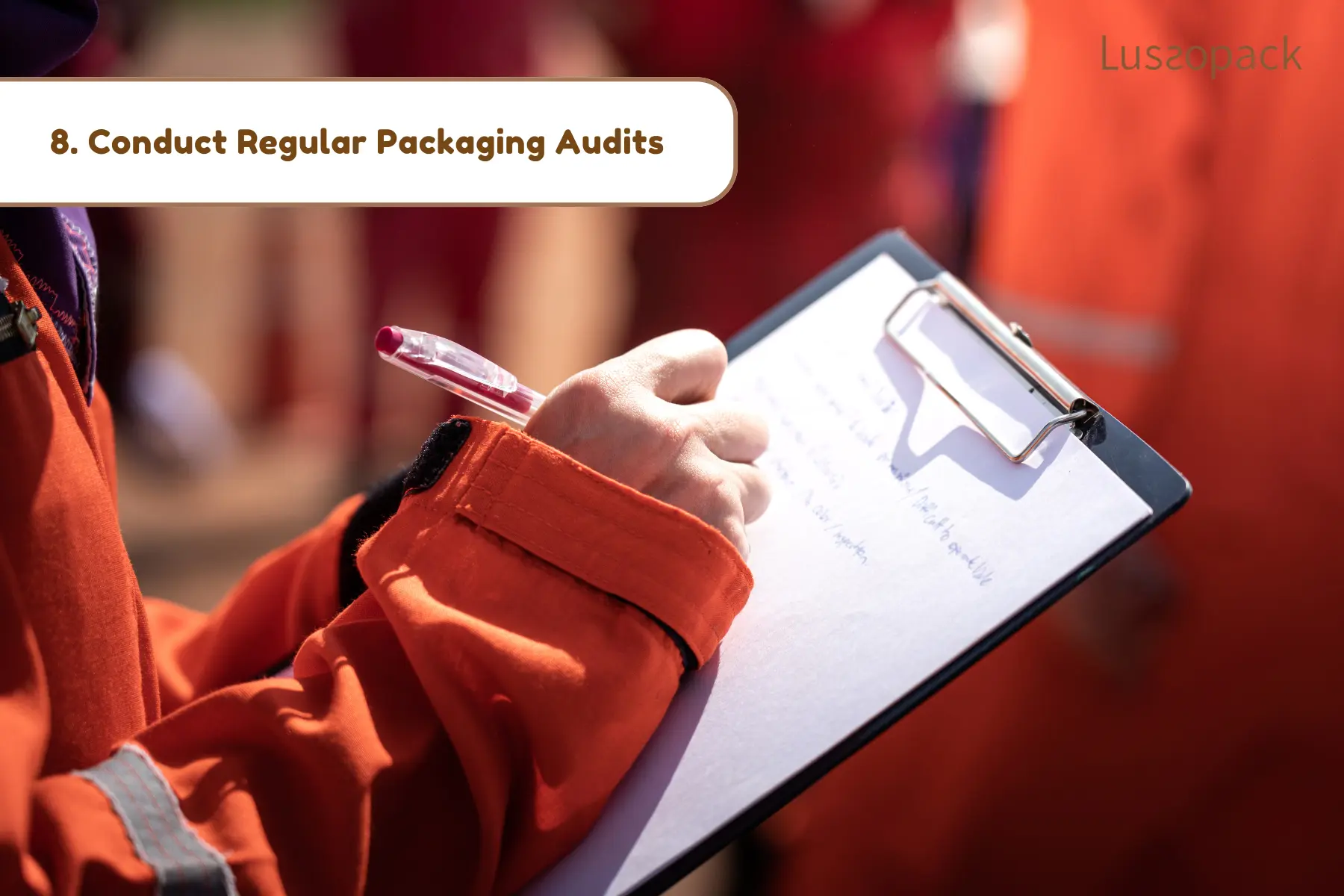
Packaging decisions should never be static. Regular audits help identify inefficiencies, new material opportunities, and sustainability improvements. A simple audit might include:
- Comparing material costs vs. performance
Evaluate how different materials perform in real-world conditions—consider factors like durability, print quality, weight, and environmental impact. Sometimes, a lower-cost material may perform just as well as premium options, leading to cost effective packaging choices.
- Reviewing fulfillment and shipping feedback
Engage warehouse teams and logistics partners to understand how packaging performs during handling and transit. Are certain box types difficult to assemble? Are some sizes inefficient for palletization? This feedback can guide adjustments that reduce packaging and shipping costs and improve operational flow.
- Tracking waste or damage rates
Monitor returns, breakages, and customer complaints related to packaging. Excessive damage may indicate the need for more protective design, while high waste levels can suggest over-engineering. Identifying and correcting these issues can dramatically reduce packaging material cost and improve sustainability.
These insights inform smarter sourcing, better design, and ultimately help reduce packaging and shipping costs. In some cases, it also uncovers how to reduce cost of packaging while increasing customer satisfaction.
9. Keep Up with the Latest in Packaging Innovation
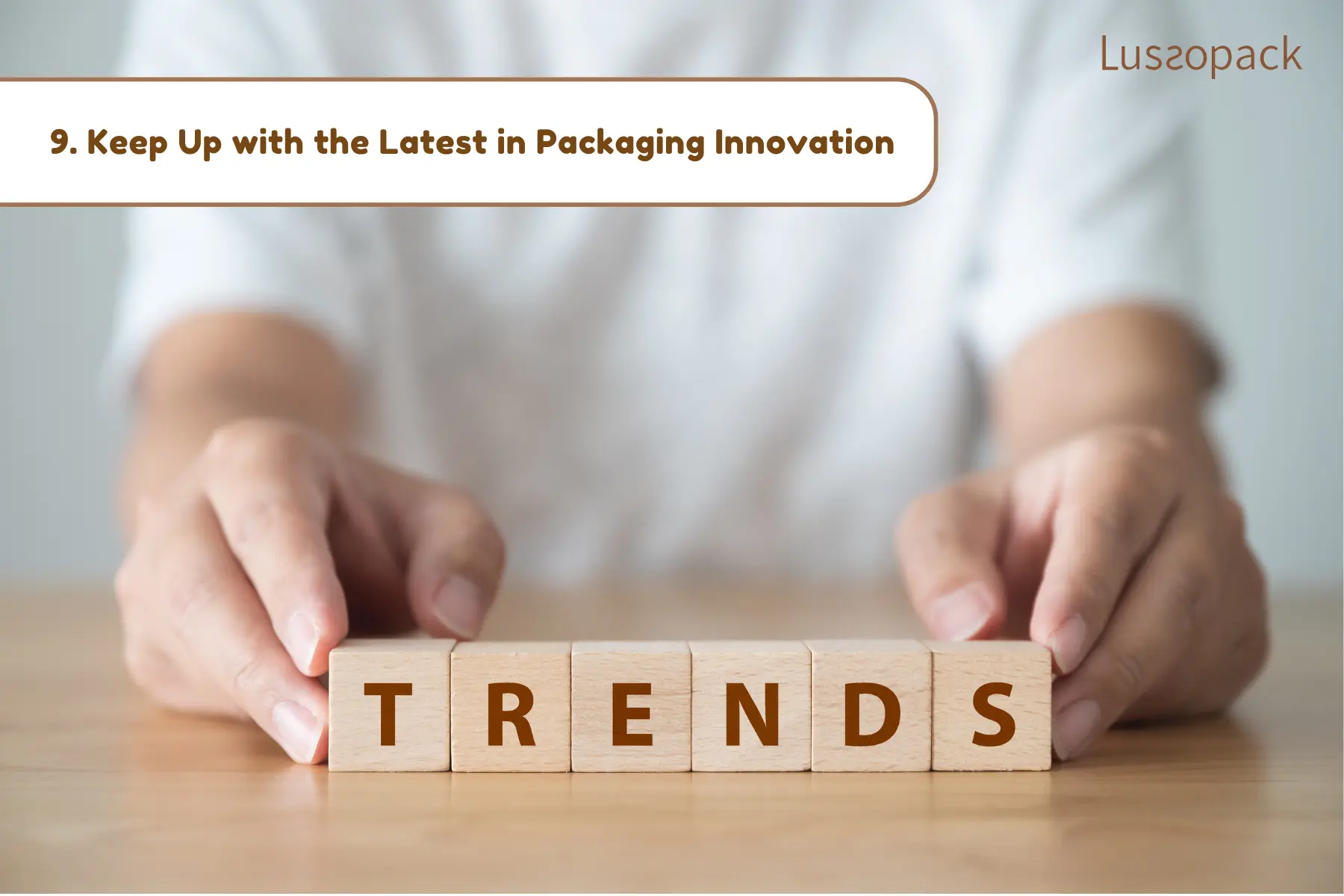
The packaging industry is rapidly evolving, with constant advancements in materials, processes, and technologies. Staying up to date on these innovations can give your brand a significant edge and introduce new avenues for packaging cost savings.
Emerging trends—such as lightweight bioplastics, compostable films, digital printing, and AI-driven packaging design—can improve efficiency, reduce material waste, and enhance sustainability. Early adoption of these innovations often results in lower long-term costs, improved customer experience, and stronger market positioning.
Engaging with packaging expos, trade journals, or innovative suppliers like Lussopack can help you anticipate and apply these changes effectively. This forward-thinking approach helps you learn how to reduce packaging and shipping costs while keeping your brand competitive, relevant, and responsible in a fast-moving market.
Factors That Affect Higher Packaging Costs
Before implementing cost-cutting strategies, it’s essential to understand what’s driving expenses in the first place. Several factors can contribute to higher packaging costs:
- Over-engineered Designs: Excessively complex structures require more materials and longer production times.
- Premium Materials Without Purpose: High-end materials that don’t enhance function or aesthetics can inflate costs.
- Low-Volume Orders: Smaller production runs usually mean higher unit prices.
- Last-Minute Sourcing: Urgent orders often come with rush charges and limited vendor options.
- Global Supply Chain Disruptions: Import taxes, shipping delays, and volatile exchange rates can spike costs unexpectedly.
Recognizing these triggers helps you build a more efficient and flexible packaging strategy. If you’re aiming to reduce packaging and shipping costs or implement long-term packaging cost reduction initiatives, addressing these factors is key

If you’re ready to implement thoughtful packaging cost reduction strategies, Lussopack is here to help. Our team specializes in premium, custom packaging that meets the highest standards of sustainability and elegance. We are a full-service luxury packaging manufacturer headquartered in Bangkok, Thailand. With over 30 years of hands-on experience in the field, we specialize in crafting high-quality, customizable packaging solutions for luxury brands worldwide. Our offerings include jewelry boxes, watch boxes, premium paper bags, eco-friendly packaging options, and more. Choosing a trusted partner like Lussopack can help reduce packaging and shipping costs while maintaining the aesthetic and environmental standards expected by luxury consumers.
For more details about Lussopack’s services or to discuss your custom packaging needs, visit our official website, email us at [email protected], or call us directly at (+66) 95-049-4747.


